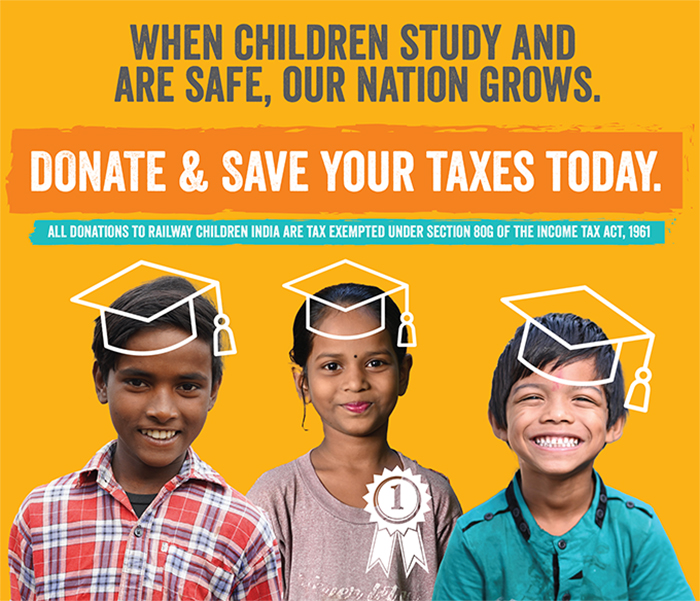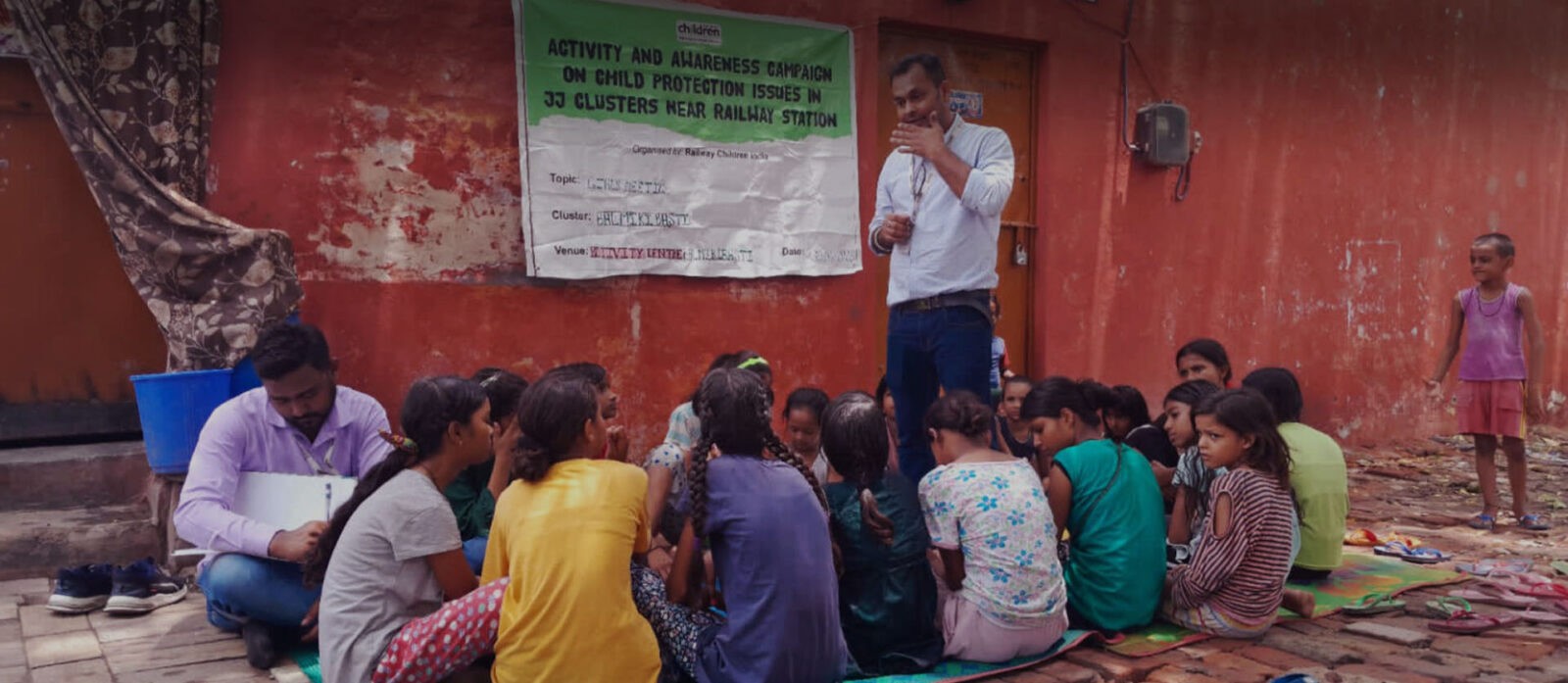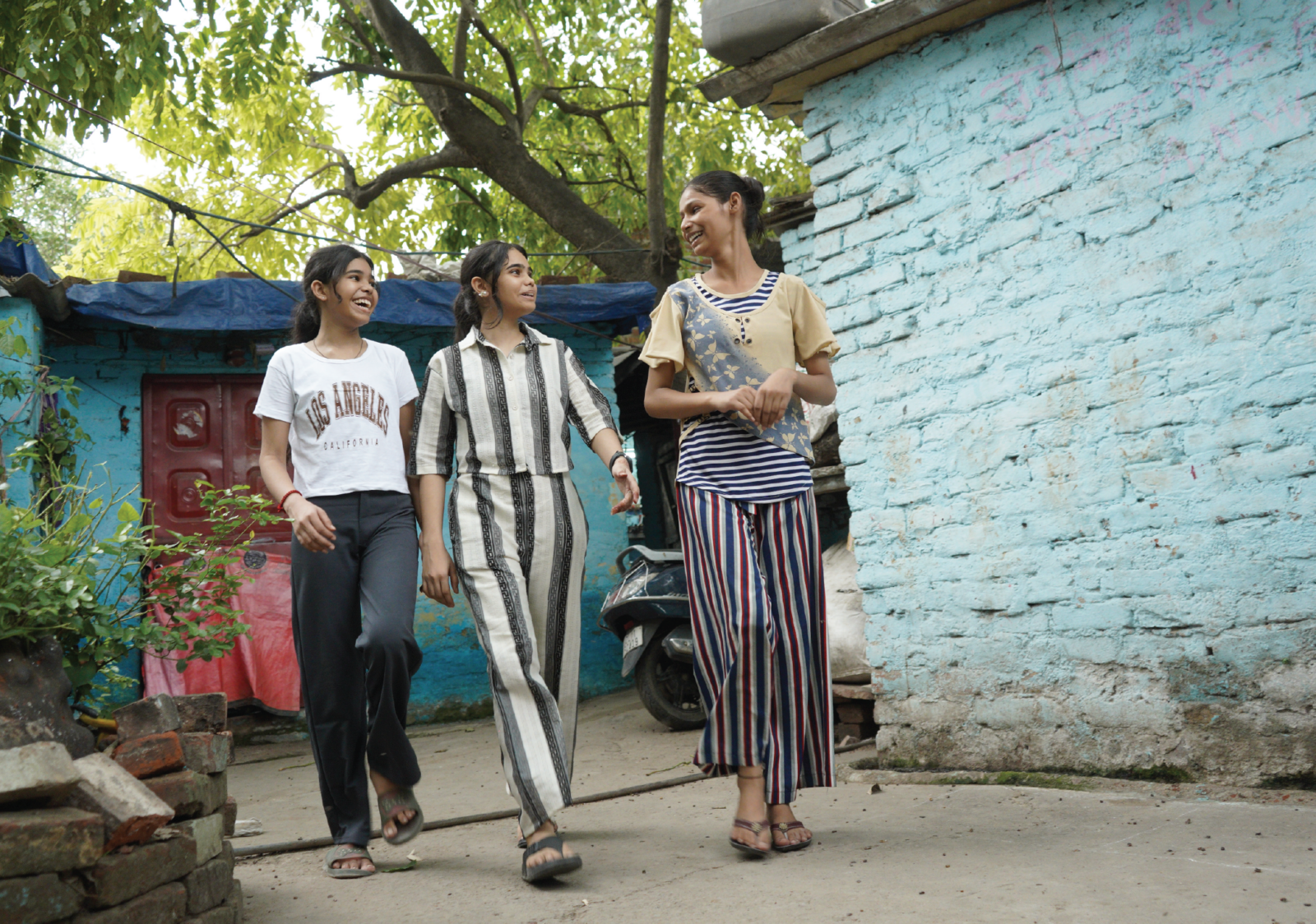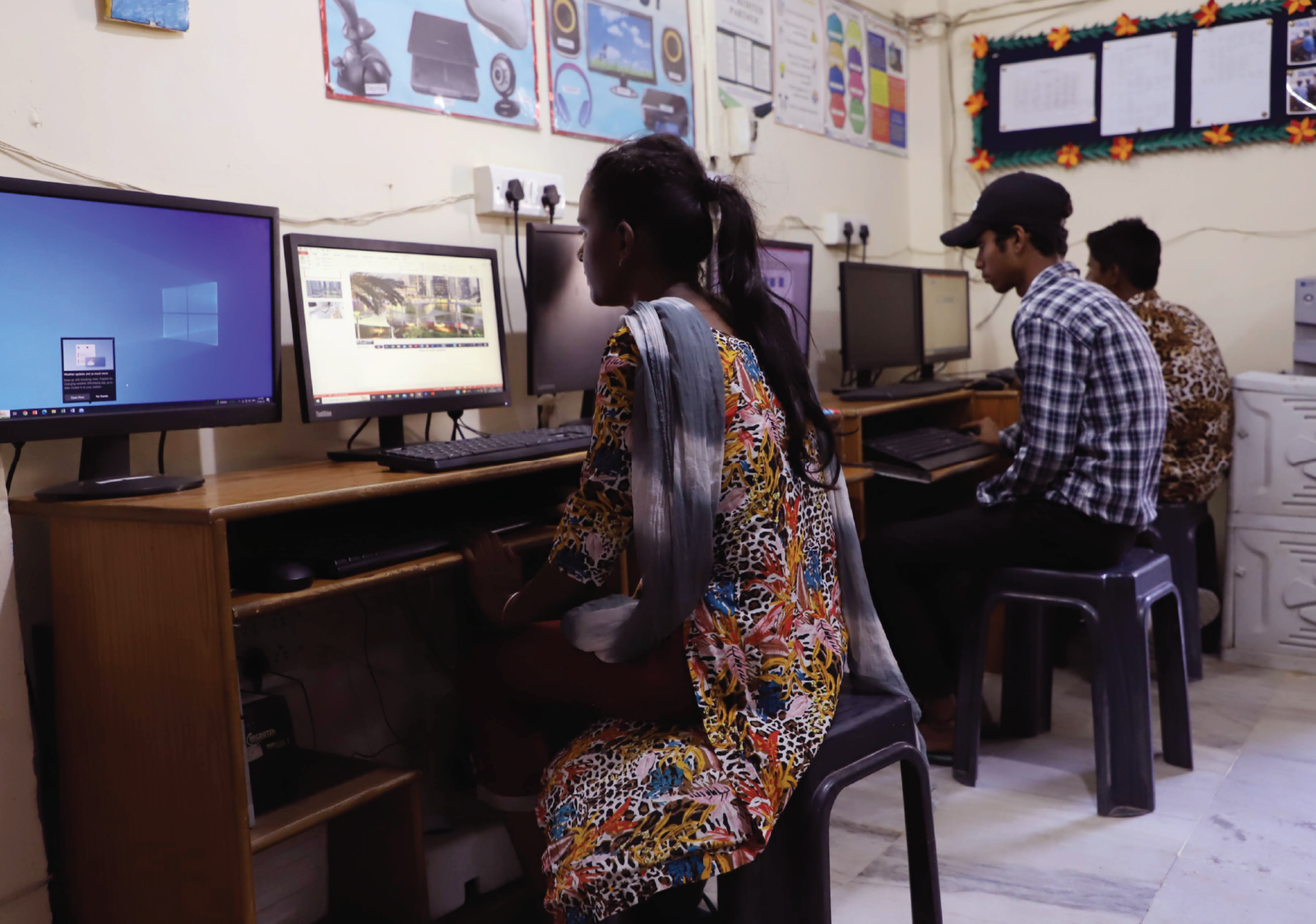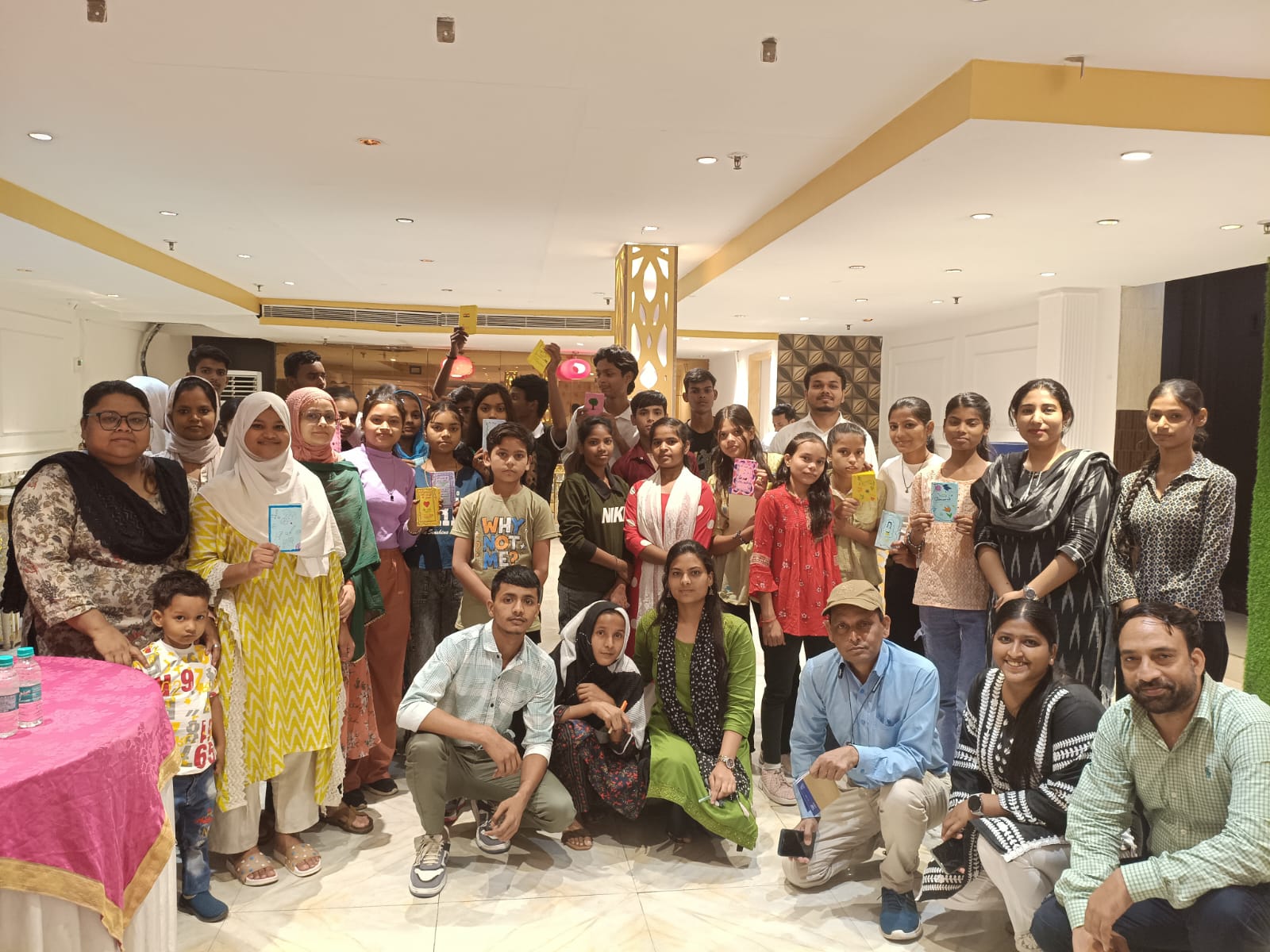Planned with the intention of addressing and mitigating age-specific issues amongst children, we began bringing together Children’s Groups across five communities in India. Inspired by the Child Protection Committees that are held at the ward, panchayat, block and district level, Children’s Groups are the foundation of a sustainable approach to address and mitigate problems of children, the solutions to which are found by the children, for the children.
Presently held in Ghaziabad’s Bicchal Dwar area and a few areas of Delhi, including Sarai Rohilla, Tulsi Nagar, Valmiki Basti, Daya Basti and Kisan Gunj these age-centric groups tackle a host of age-related issues.
To begin with is the mixed group comprising boys and girls below 13 years of age. Next up are 2 distinct groups of 13-to 18-year-old adolescent boys and girls. Lastly exists a parent’s group in each of these communities.
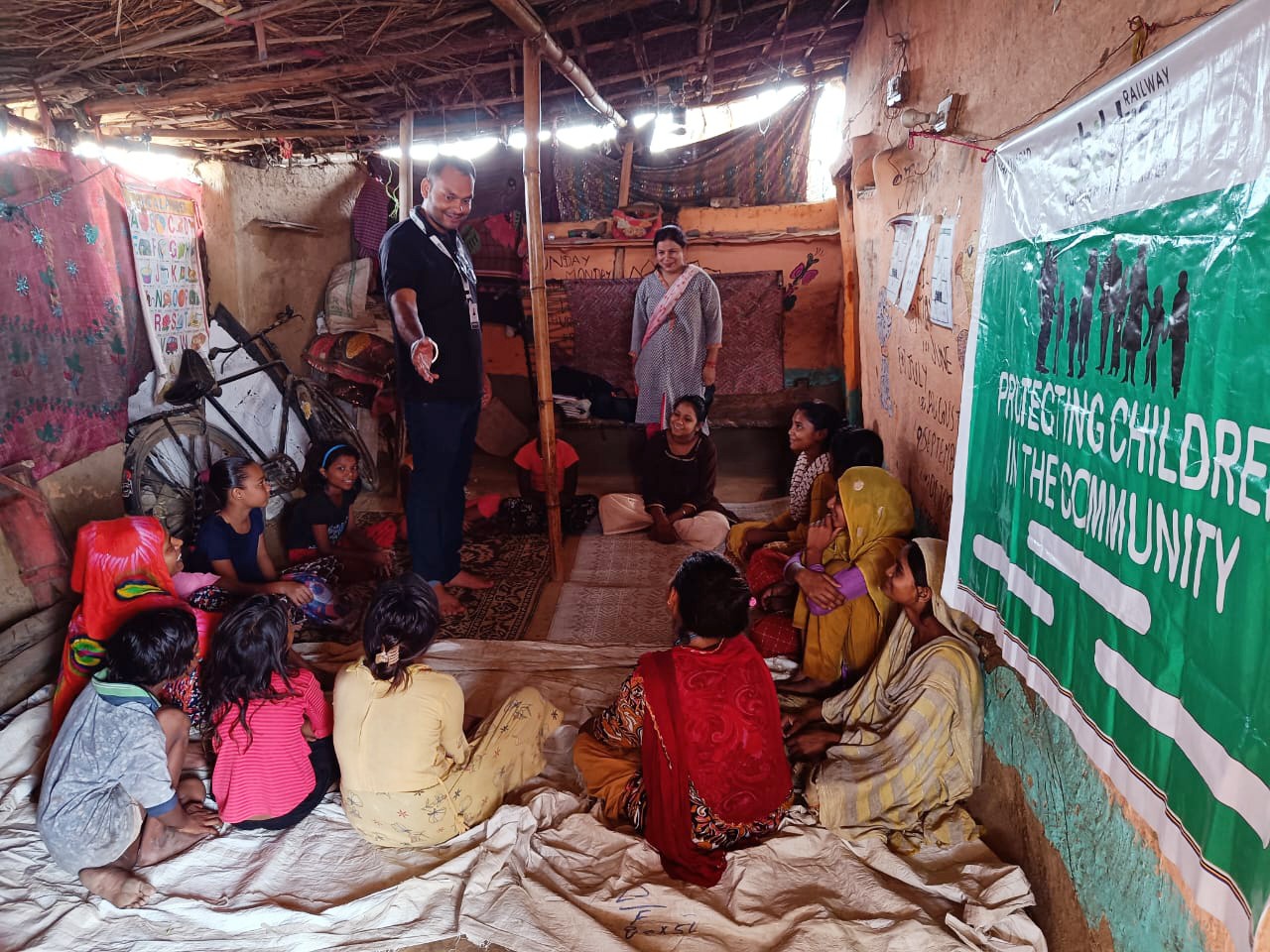
When asked about the need for distinct age-based groups, Project Manager Sandip Jha elaborates, “Children of different age groups come with different levels of maturity and understanding. The need for life-skill training also differs with age groups.” Conducted twice a month at Child Activity Centers, which are located within the communities, these children’s groups conduct meetings wherein the focus is on specific topics such as menstrual hygiene, education, child protection, nutrition, health, sanitation and more.
Going beyond merely conducting the meetings, the meeting minutes and responses of participants are also diligently captured by peer leaders, the selection of whom makes for an interesting process. Additional activities such as drawing, painting and other engaging activities are regularly held at the CACs.
On the International Day against Drug Abuse and Illicit Trafficking, for instance, a group from Bichhal Dwar Community of Ghaziabad participated in drawing and painting competition, where children were not only exposed to railway premises but also interacted with various stakeholders on the topic.
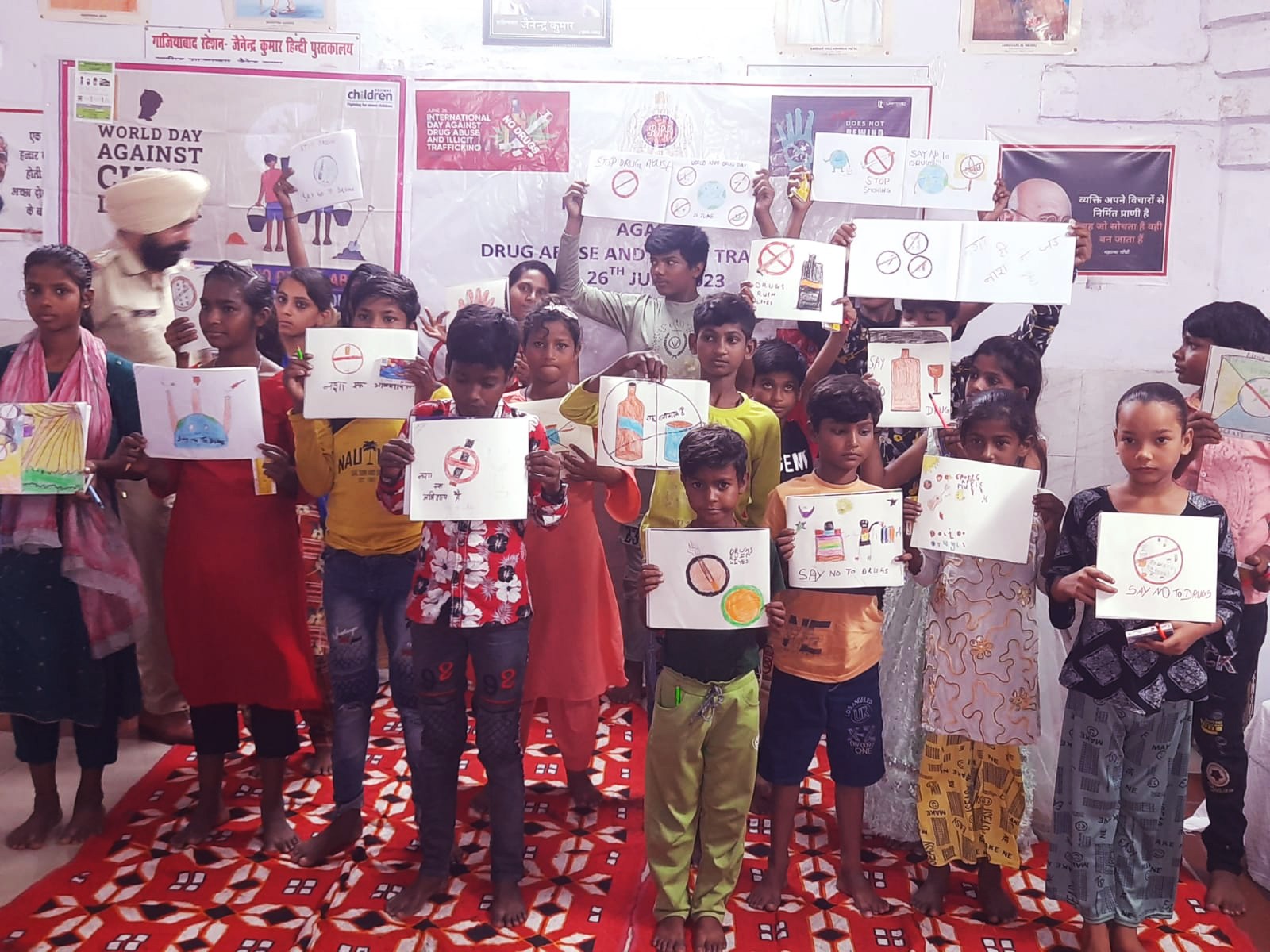
RCI’s team members venture in the communities, introduce the purpose, intent and process of Children’s Groups, ask interested individuals to step forward and conduct a secret voting to pick a peer leader from those who volunteer. Community members then vote for an Adhyaksh (president), Upadhyaksh (vice-president), Sachiv (secretary) and Sanyukt Sachiv (joint secretary)—elected members and voters are all children of respective age groups. After 3 months, the elections are re-conducted for new peer leaders to emerge—a celebration of children’s Right to Participation and Freedom of Expression.
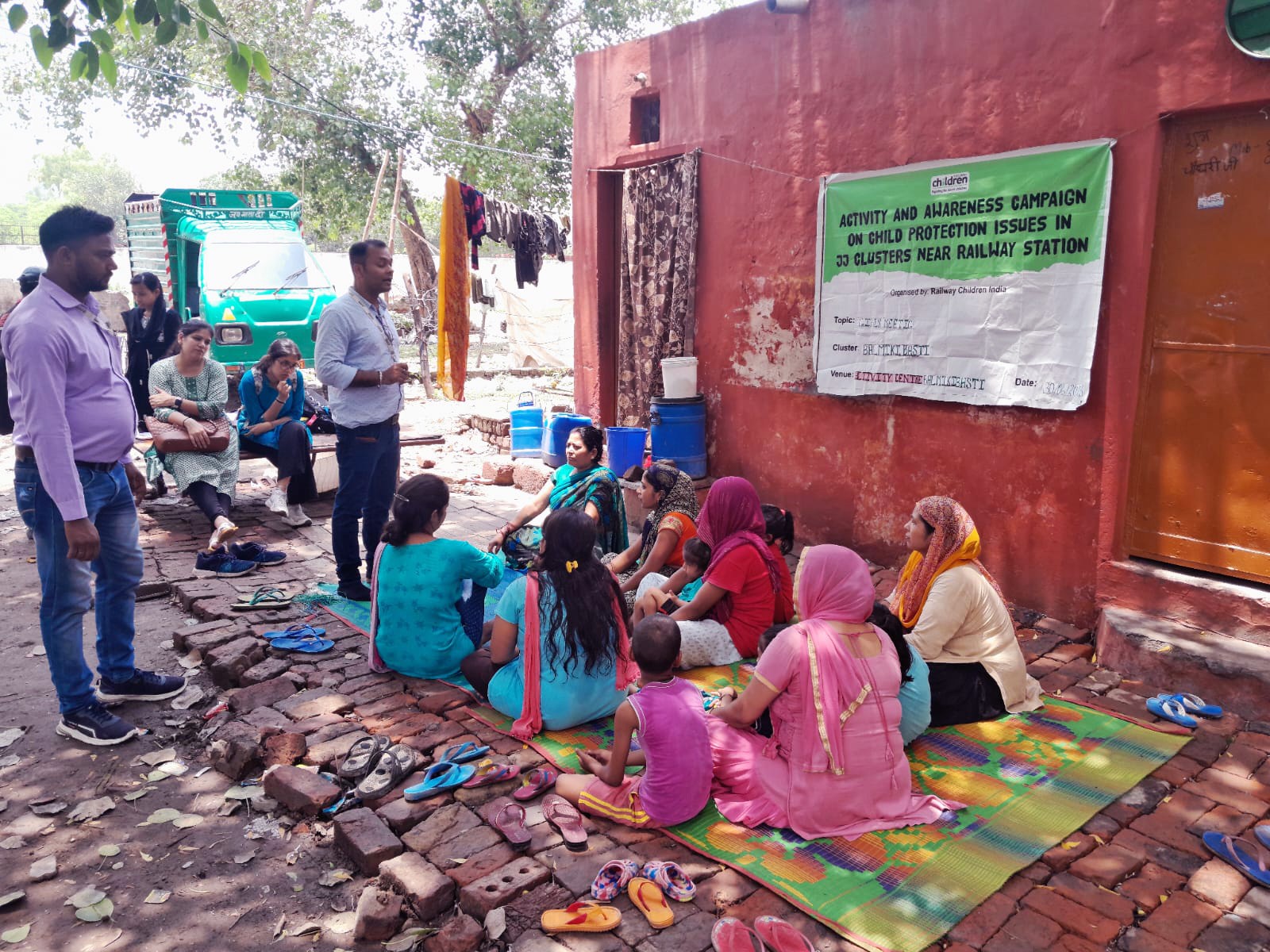
The President, or the Vice President in the absence of the President, ensure that meetings are conducted and members attend regularly, in addition to overseeing meeting minutes. Soon into the meeting sessions, active members are selected for vocational and/or life-skill training. This extensive participation, growth and development of children in the community then helps spreads the word within the community to drive further participation.
Managed and monitored by RCI’s Project Coordinators, Community Outreach Workers and Volunteers, these Children’s Groups are looked at as a preparation for a strong foundation where children identify, mitigate and curb the issues that they face within and beyond the community.
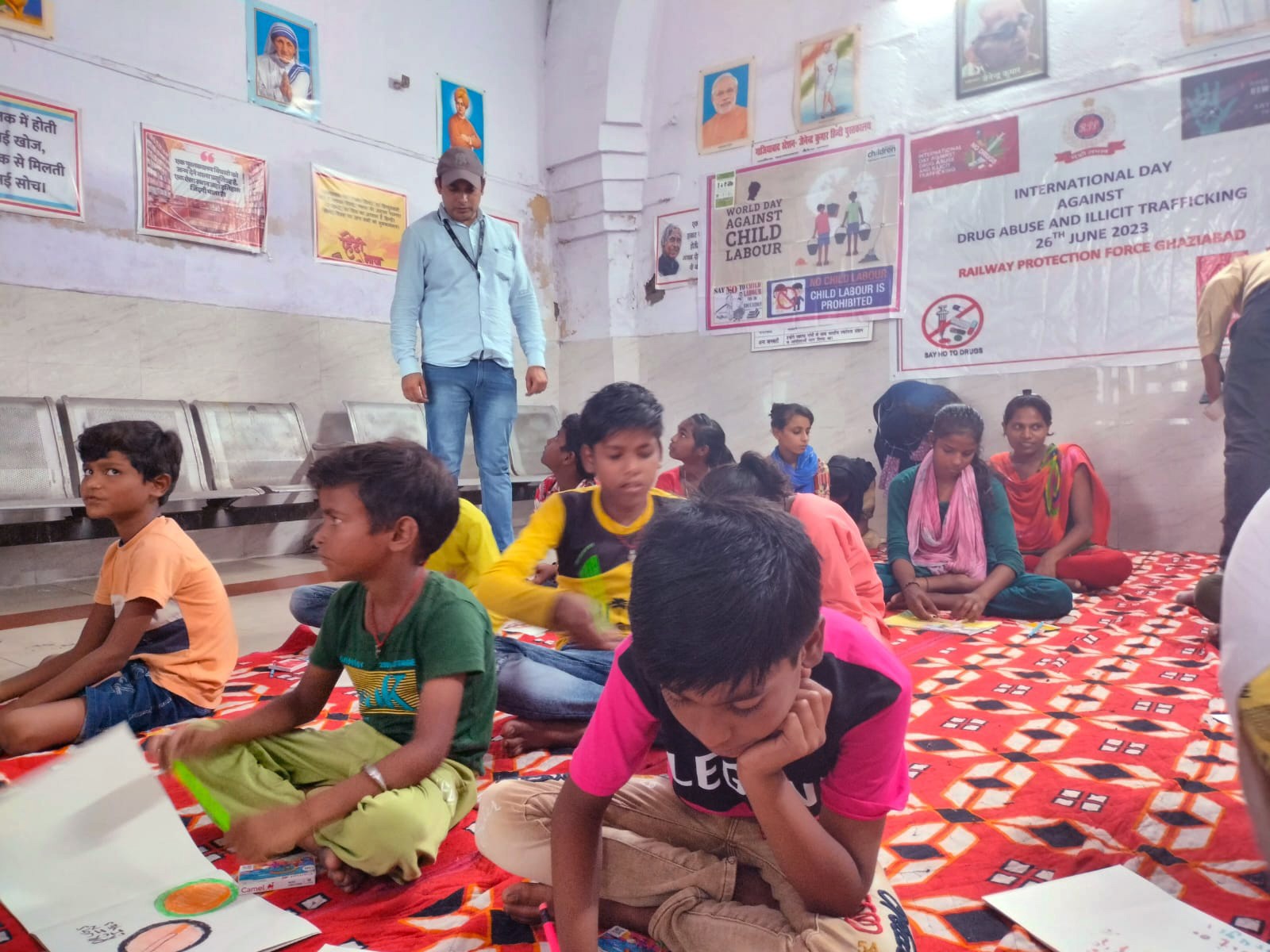
As for the impact these meetings have had on the lives of children so far, Mr. Jha narrates, “During a meeting held in one of the communities, a girl revealed how one of her friends had dropped out of school and was showing no interest in rejoining. The group members then discussed how this was a wrong approach to have. RCI’s team members then urged the group, asking about what they feel would be the right action to take, to which came the unanimous decision of first inviting the friend to the group, discussing the importance of education with him and then visiting his guardians to urge him further. This incident not only serves as an exemplar of the sustainable approach we’re looking to create but also goes on to validate the need for children to show ownership, analyse existing challenges and take steps to mitigate them.”


